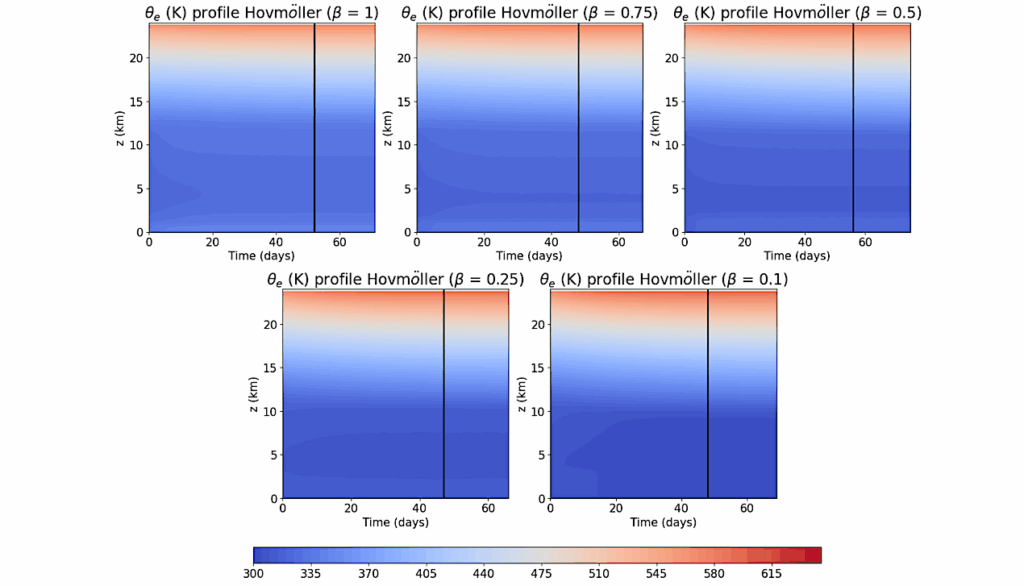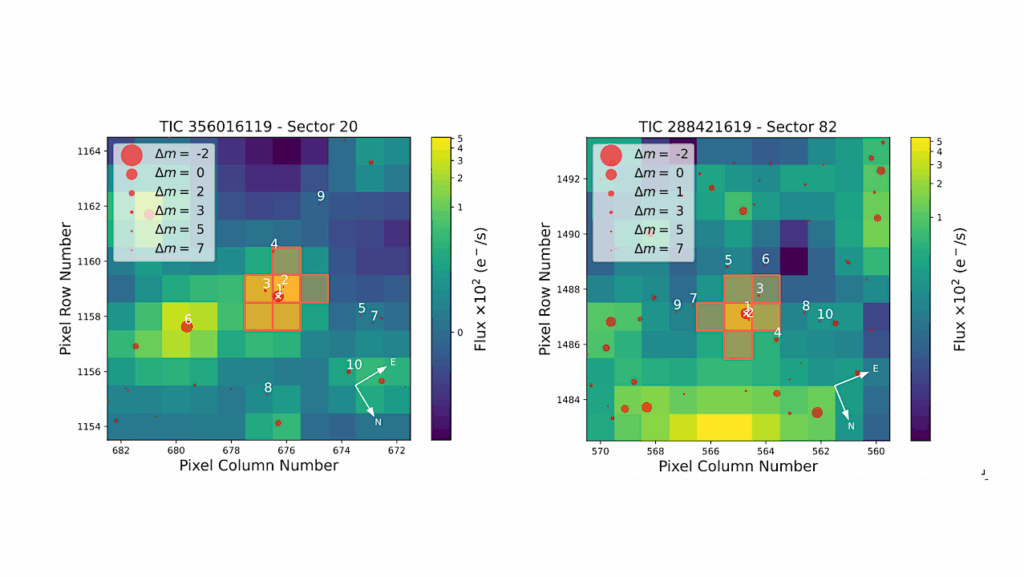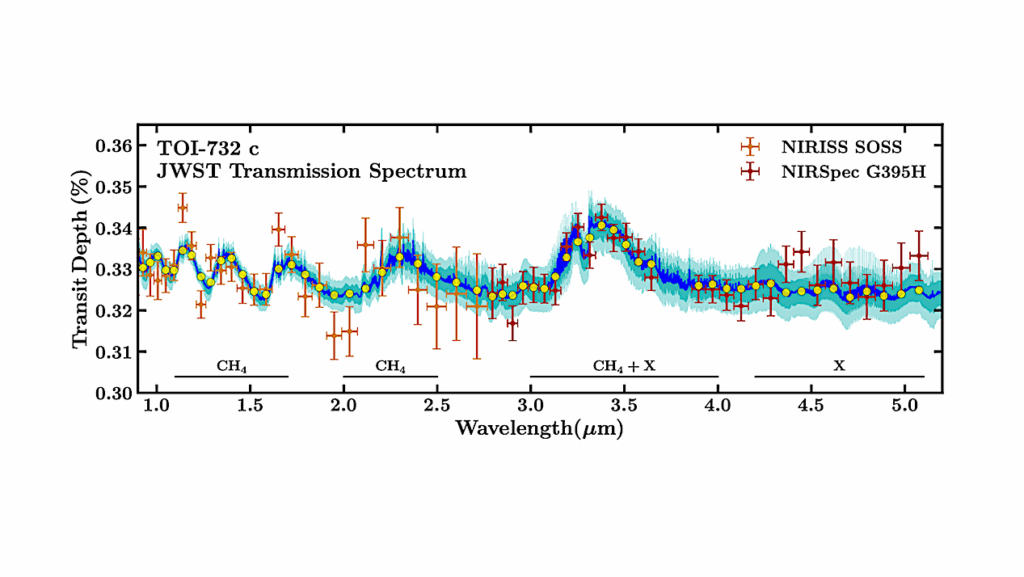Suppression of Hydrodynamic Escape of an H2-rich Early Earth Atmosphere by Radiative Cooling of Carbon Oxides

Radiative cooling by molecules is a crucial process for hydrodynamic escape, as it can efficiently remove the thermal energy driving the outflow, acquired through X-ray and extreme UV absorption. Carbon oxides, such as CO and CO2, and their photochemical products are anticipated to serve as vital radiative cooling sources not only in atmospheres dominated by carbon oxides but also in H2-rich atmospheres.
However, their specific effects on the hydrodynamic escape, especially in H2-rich atmospheres, have been inadequately investigated. In this study, we conduct 1-D hydrodynamic escape simulations for H2-rich atmospheres incorporating CO, CO2, and their chemical products on an Earth-mass planet.
We consider detailed radiative cooling processes and chemical networks related to carbon oxides to elucidate their impacts on the hydrodynamic escape. In the escape outflow, CO2 undergoes rapid photolysis, producing CO and atomic oxygen, while CO exhibits photochemical stability compared to CO2.
The H2 oxidation by atomic oxygen results in the production of OH and H2O. Consequently, the hydrodynamic escape is significantly suppressed by the radiative cooling effects of CO, H2O, OH, and H3+ even when the basal mixing fraction of CO and CO2 is lower than ~0.01.
These mechanisms extend the lifetime of H2-rich atmospheres by about one order of magnitude compared to the case of pure hydrogen atmospheres on early Earth, which also results in negligible escape of heavier carbon- and nitrogen-bearing molecules and noble gases.
Tatsuya Yoshida, Naoki Terada, Kiyoshi Kuramoto
Comments: 47 pages, 9 figures
Subjects: Earth and Planetary Astrophysics (astro-ph.EP)
Cite as: arXiv:2411.15456 [astro-ph.EP] (or arXiv:2411.15456v1 [astro-ph.EP] for this version)
https://doi.org/10.48550/arXiv.2411.15456
Focus to learn more
Related DOI:
https://doi.org/10.1186/s40645-024-00666-3
Focus to learn more
Submission history
From: Tatsuya Yoshida
[v1] Sat, 23 Nov 2024 05:15:52 UTC (1,188 KB)
https://arxiv.org/abs/2411.15456
Astrobiology,








